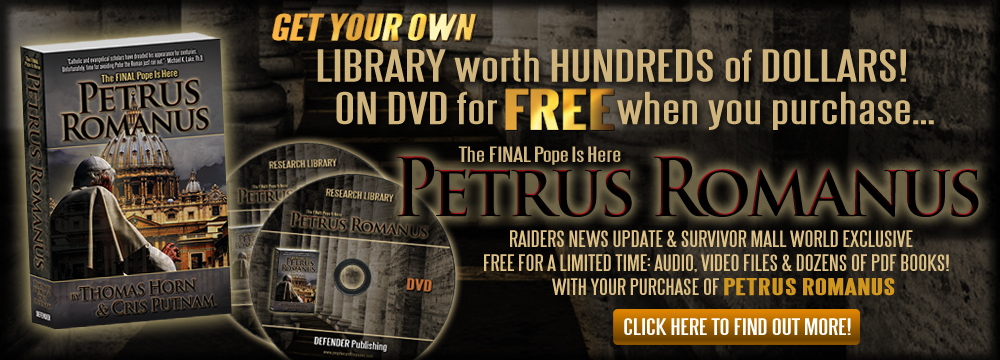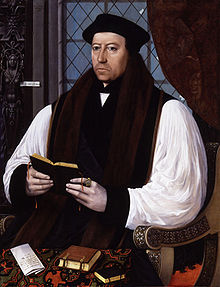 In light of what we have written in Petrus Romanus the timing of this campaign is especially poignant:
In light of what we have written in Petrus Romanus the timing of this campaign is especially poignant:
The Temple Mount and Land of Israel Faithful Movement sent a letter to Pope Benedict XVI in Rome requesting him to return to Israel — without delay — the Holy Temple Menorah, the vessels, and the treasures that were stolen by the Romans and taken to Rome when they destroyed the Holy Second Temple in Jerusalem in the year 70 ce. These Temple vessels will be used by the priests of Israel in the Holy Third Temple.
We are working intensively so that the Holy Third Temple will soon be built in the lifetime of our generation. By this act we are answering the prophetic call of the G‑d of Israel to His People to rebuild His Holy House on the Holy Temple Mount in Jerusalem now, as Israel is experiencing the climax of the time of redemption in the Holy Land of Israel.
Read More: http://www.templemountfaithful.org/Articles/letter-to-the-pope.htm










